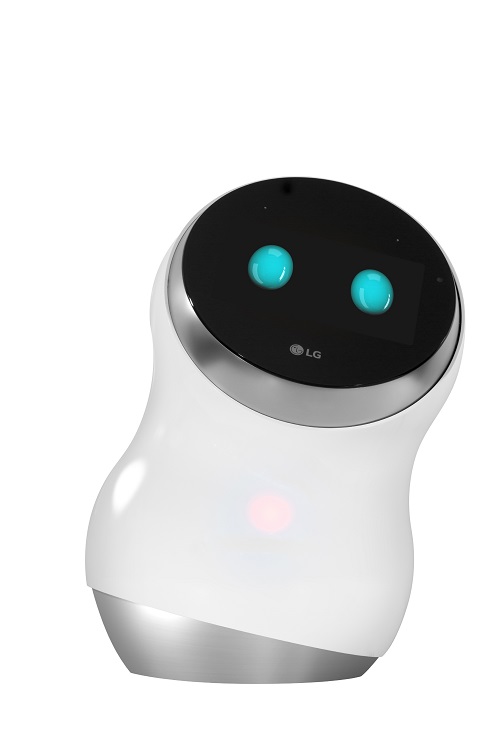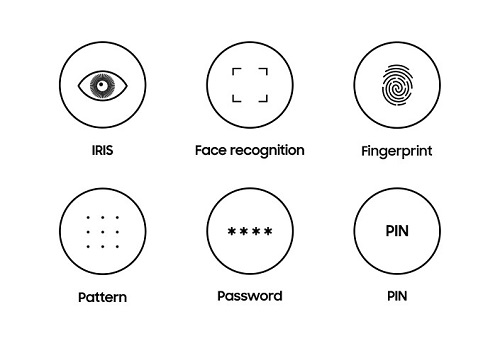By Richard Quinnell, editor-in-chief, Electronic Products
The annual tribute to the high-tech lifestyle hits Las Vegas this week with the 2018 version of CES, formerly called the Consumer Electronics Show. The show has expanded well beyond games and media, however, to encompass the migration of technology into ever more elements of life. In addition to the usual televisions, headphones, and game systems that were the show’s genesis, there are now connected cars, digital therapeutics, companion robots, and a redefinition of realism making their presence felt.
The Consumer Technology Association (CTA) set the stage for this week’s show with a Technology Trends presentation followed by a preview of things that will be among the 4,000 exhibits in the expo. Three of the key trends that CTA’s senior director of research, Steve Koening, indicated will have a major impact this year are 5G cellular communications, personal robotics, and artificial intelligence.
The fifth generation of cellular communications (5G) includes such technologies as LTE and new radio bands, which promise to considerably boost bandwidth and speed for connectivity. A video download that takes minutes today will take seconds under 5G. High-speed data and low latency, in turn, will enable more information to flow both ways for applications like smart cities, self-driving cars, and wireless virtual and augmented reality systems. It will also raise consumer expectations of how systems can react and how quickly. Rollouts of 5G system infrastructure have already begun, Koening pointed out, and availability will start this year.
In the field of robotics, two trends are emerging. One class of robots appearing are the task-based systems. These function-specific robots include things like autonomous vacuum cleaners and lawn mowers, automated laundry washing and folding (check out Foldimate), and travel suitcases that follow their owner around. Furthermore, these robots are able to automatically adapt. Some have mapping functions and are able to learn the space that they are to maintain and optimize their execution of their tasks. Others have scanners that detect NFC tags and configure their operation to properly handle the materials in hand.
But companion robots are also emerging in the marketplace now. These are multi-function devices that can perform a variety of tasks, the most important of which is to interact with their human owners in a way that promotes comfort. Buddy, a companion robot from Blue Frog Robotics, is one example that can play with your children, keep an eye on the elderly, provide home security while you are away, and remind you of appointments. At a party, it can track faces and photograph the happenings so you don’t need to. And it’s not only startups that are entering the field. Industry giant LG announced at its pre-show press briefing a series of concept robots that handle tasks such as shopping assistance to augment its CLiO line of companion robot assistants.

CliO is a robotic personal assistant from LG Electronics.
Key to the emergence of such robots is another technology seeing rapid growth at this year’s show: artificial intelligence (AI). The rapid rise in AI-based digital voice assistants like the Amazon Echo with the Alexa AI was only the beginning, according to Koening. Home automation devices are already finding that compatibility with digital assistants are now table stakes for a successful product, and the assistants themselves are getting embodied in ever more vessels. Startup iDevices, for instance, announced a line of light switches with Alexa built in, including the voice interactivity.
Coupled with deep learning, however, AI is now leading to products that not only interact with humans using multiple natural language interfaces, they are able to learn the habits and preferences of their owners to tailor their operation. Deep learning allows devices to use face and speaker recognition to determine who they are interacting with and respond accordingly. Autonomous task robots can learn their environment, tell the differences between pets and furniture, and then respond appropriately in their activity cycles. And as these devices learn more about their owners, they can become more personal and efficient in serving them.
Many other things will be emergent at CES 2018. Biometrics is seeing a push for both information and physical security applications as well as for health and therapeutic purposes. Iris and fingerprint scanning for authentication, IR-based body measurements and materials identification (food, medicine, etc.), feedback systems for sound and music therapy, and other bio-centric devices have homes at the show.

Biometrics for security as well as health purposes are seeing a surge at CES. (Image source: Samsung)
Virtual and augmented reality systems are also emergent, along with ever more content, helping redefine expectations for what these technologies can offer. Koening predicts that AR will increasingly move to consumers on mobile devices because the information content is so useful, and wireless (untethered) VR will lead to major innovations in entertainment and social media. People will not only be able to exchange messages and photos, they will be able to “hang out” together in virtual spaces.
Many markets have their own defined spaces at this year’s CES. Autonomous vehicles have more than 30,000 square feet of dedicated exhibit space. Smart cities technology, which focuses on transportation in the U.S. and on environment in Europe, has nearly 12,000 square feet of new dedicated space this year, as well.
Once focused mainly on entertainment, CES is evolving to encompass the increasing breadth of electronics technology’s impact on individuals, lifestyles, and societies. EP’s coverage of the event will focus on the products and technologies that are enabling designers to push that envelope even further in years to come.
Advertisement
Learn more about Electronic Products Magazine





